detail profile erlom akhvlediani
Peran Yang Di Mainkan Erlom Akhvlediani
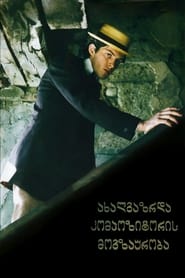 The year is 1907 The young composer...
The year is 1907 The young composer...Voyage of the Young Composer 1985
The year is 1907. The young composer Nikusha sets out on a journey over the villages of Central Georgia to record folk songs. For this he provides himself with a map of the places he would like to visit. His accidental co-traveler is Leko Tatasheli who is convinced that the composer is on a mission of the revolutionary committee and his map is the plan of a future uprising…
 Sulkhan Iberieli the famous scientist and...
Sulkhan Iberieli the famous scientist and...Three Days Of The Hot Summer 1981
Sulkhan Iberieli, the famous scientist and the head of the excavation of the desert monastery complex, does not have the funds to finish his work. He is forced to turn to different authorities and people for help. He is supported by a young archaeologist, Tamriko, but their efforts end in failure.
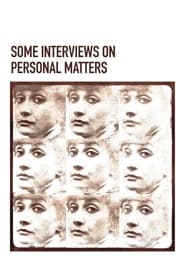 Sophiko a wellknown journalist seems to...
Sophiko a wellknown journalist seems to...Some Interviews on Personal Matters 1978
Sophiko, a well-known journalist, seems to be more close to many of her respondents when they need her advice than to her family members. All engrossed in her work, she suddenly finds out that she is losing her husband who has started a love affair with another woman. Of course, it strikes her badly but life never lets her to concentrate on her personal problems.
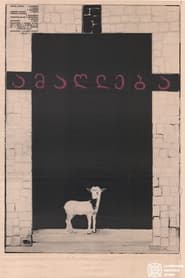 The stonecutter Nasdika transforms stones into...
The stonecutter Nasdika transforms stones into...Living Legends 1976
The stone-cutter, Nasdika, transforms stones into works of art. The labourer, Ivané, harvests wheat in the field. The monk, Béka, paints his pictures in the convent cell. The nobleman, Kirilé, has decided to get married. The war started by enemies turns all these people into warriors. Living Legends is a parable, a hymn to the glory of the georgian people, enamoured of freedom and independence, whose most worthy sons have never hesitated to die in the name of the glorious future of their country.
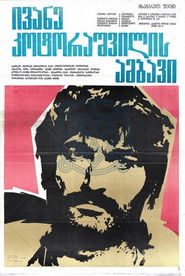 Ivane does not think about starting...
Ivane does not think about starting...Story of Ivane Kotorashvili 1974
Ivane does not think about starting a family life, so the villagers deicide to force him marry and try to take him and his bride to the church using all the possible means.
 Neighbours in a new house sometimes...
Neighbours in a new house sometimes...Common Wall 1972
Neighbours in a new house sometimes don't even suspect who might be living behind the wall. They're kind friends out in the street, but each of them fiercely hates the one living behind the thin wall. When will all be revealed and who will win - hatred or friendship?
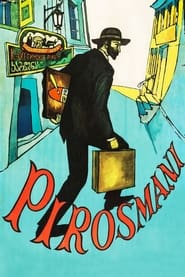 A biography of the Georgian primitive...
A biography of the Georgian primitive...Pirosmani 1969
A biography of the Georgian primitive artist Nikoloz Pirosmanishvili (1862–1918), better known as Pirosmani, who died of starvation and sold his paintings to bars and restaurants for food and drink. The film experiments with color control techniques based on the painter’s style.
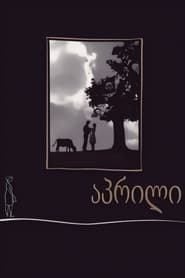 A critique of materialism the film...
A critique of materialism the film...April 1963
A critique of materialism, the film is about a young couple who live in a rundown empty apartment. Their love is so strong that it makes the water flow and the electricity work, but when they start purchasing furniture and knickknacks, they fight and grow apart.
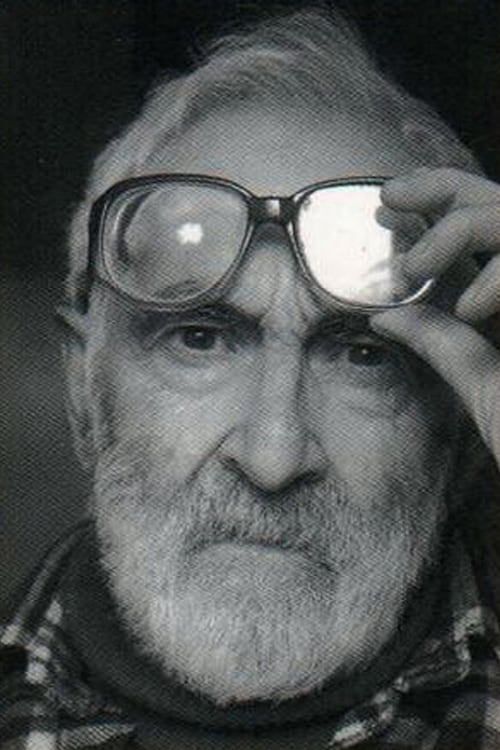
 A young man escapes from prison...
A young man escapes from prison...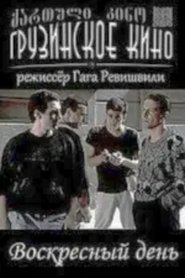 A day in the life of...
A day in the life of...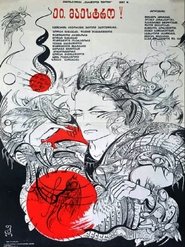 The fortyyearold composer who once showed...
The fortyyearold composer who once showed...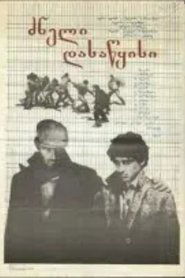 A new principal is appointed at...
A new principal is appointed at...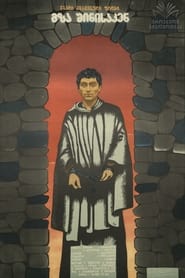 The film is set in southern...
The film is set in southern...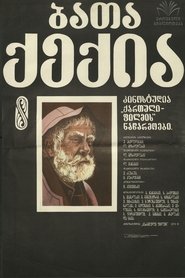 Bata orphaned by her mother has...
Bata orphaned by her mother has...